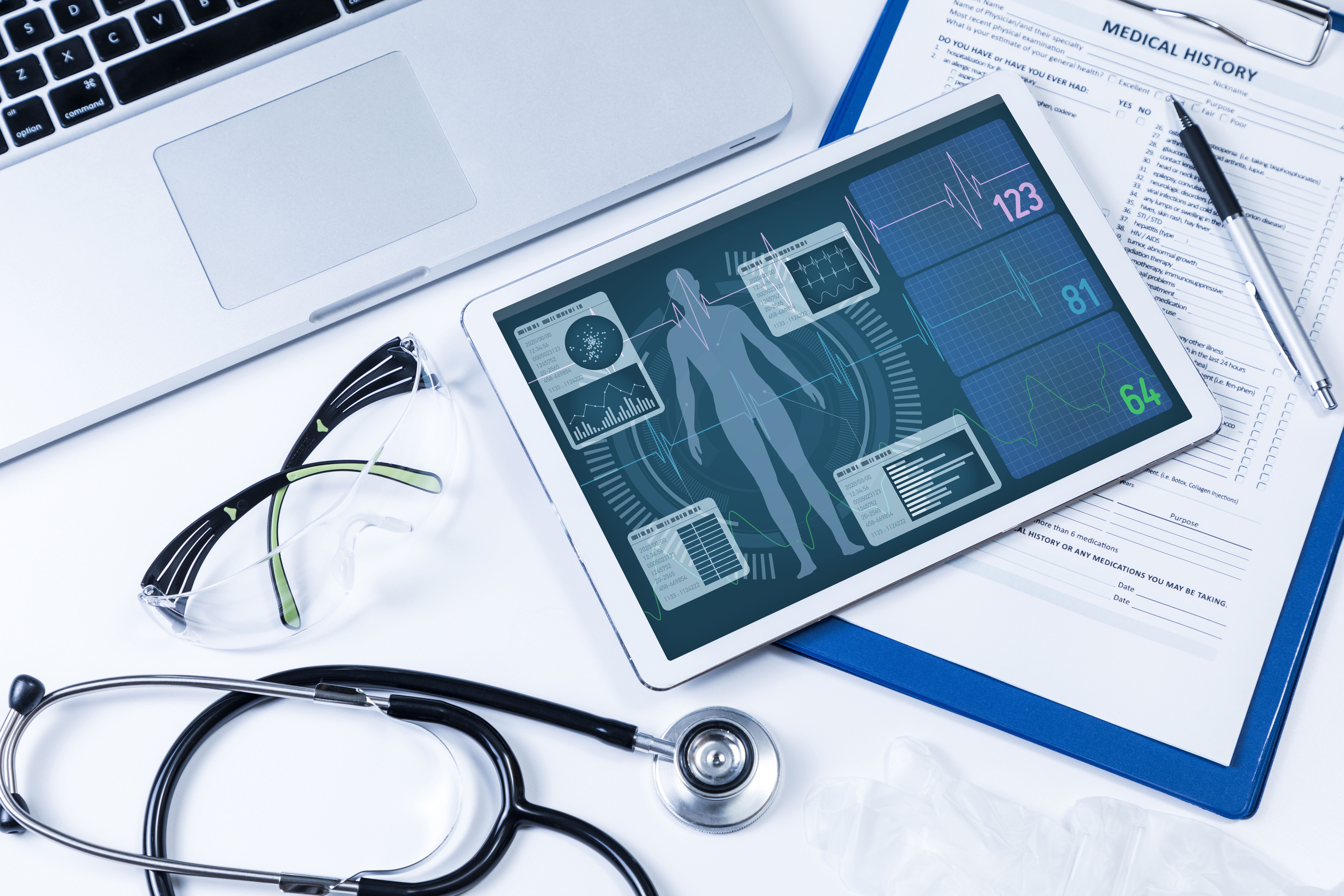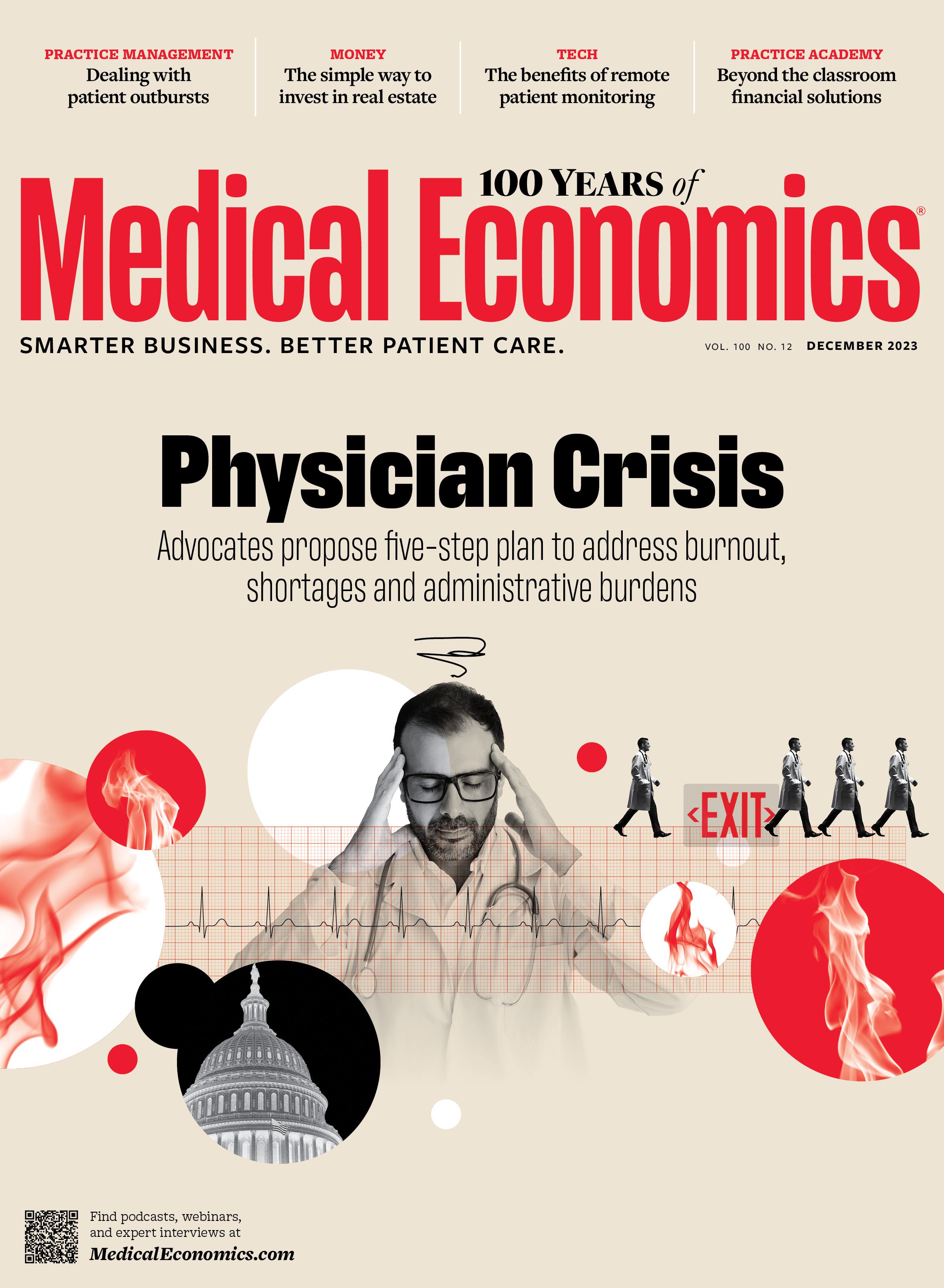Commentary
Article
Medical Economics Journal
Closing gaps in care with remote patient monitoring
Leveraging the power of remote patient monitoring, providers can accomplish keeping patients out of the ED while redefining patient engagement and treatment strategies.
Close gaps in care with RPM: ©Metaworks - stock.adobe.com

In the ever-evolving health care landscape, closing gaps in care and keeping patients out of the emergency department (ED) and hospital is vitally important. Leveraging the power of remote patient monitoring (RPM), providers can accomplish this mission while redefining patient engagement and treatment strategies. Medical Economics sat down with Tina Null, MSN, RN, chief clinical officer of the RPM business line for Connect America, to discuss the benefits of RPM. The transcript below was edited for length and clarity.
Why is RPM essential to patient care?
Null: Part of why I am so passionate about it has to do with extending the continuum of care specifically to stop having the front door of health care be the hospital or the ED, which we all know is the highest cost of care. And so, if you implement an RPM program, you close the gaps in care for the patient, such that the patient can have a two-way communication set up with a clinician to help them manage whatever condition they have that is at risk for hospitalization or ED visits if they’re not kept stable at home. So, with RPM, you collect a minimum data set daily from the patient that helps you understand whether today that patient is the same as yesterday, worse than yesterday, or better than yesterday, and by having that much information, your ability to intervene early when that patient is legitimately decompensating helps to avoid needing those higher costs of care settings, and from a patient perspective helps keep them out of hospitals and where they prefer to be, which is in their home.
Can you share some examples of how RPM can help mitigate health risks associated with patients with chronic conditions?
Null: If you can think about a senior going in to see their primary care provider [PCP], and for the first time in their life being given a diagnosis of, say, congestive heart failure, at the point that a patient receives a diagnosis like that, they probably don’t hear much else that the PCP says. That patient has led a lifetime of 60-plus years behaving in a certain way that may have contributed to that diagnosis, as well. And so, when they leave that doctor’s office they’re no more equipped to understand what facets of their lifestyle have led to that disease state, or what can be modified to help decrease the progression and keep them as healthy as possible.
So, when you put that patient on RPM and begin to build a relationship and have a dialogue, as well as use the platform for educating that patient, what you see over time is the patient will build a knowledge base about what common symptoms are, what the triggers are, and their lifestyle that contributes to those symptoms, and that can help that patient make some minor modifications that keep that disease from exacerbating and landing them in the hospital. Without that, they are likely to return home and do exactly as they’ve done for 60-plus years and be very prone to exacerbations.
With the health care staffing shortage crisis, can you talk to us about how RPM platforms impact the workload and administrative burden for providers and staff?
Null: There is a major shortage of all different kinds of health care professionals. So, if you use RPM, which I deem to be one of the most economical care delivery systems, you can take a single nurse and monitor somewhere between 125 and 250 patients, depending on the acuity of that patient population, and you can’t do that anywhere within acute care, facilities or physicians’ offices.
Another part is that providers who are inundated with patients can offload patients with chronic conditions who would be prone to unscheduled visits to be monitored by a clinician via RPM and only involve them if there’s an escalation that needs a different order, a medication adjustment or something along those lines. You can decrease the workload of that provider.
Can you tell us a little about your approach to RPM at Connect America and how
AI-enabled RPM works?
Null: At Connect America we have Esper, which is our AI virtual health assistant that engages with the patient via their smartphone device through SMS messages. This helps drive engagement with the patient as they perceive it to be an interaction that’s meaningful. And then beyond Esper, we also have CareSage, which is an analytics platform that helps deliver key predictive insights across your patient population that help with medical management, as well as improving outcomes.
Clearly, patient adherence is a critical factor for a successful RPM program. How do you handle that at Connect America, and are there ways to help improve adherence?
Null: Every time I work with a prospective customer, we talk about who’s going be doing the monitoring. And it’s my opinion that engagement is driven by that monitoring resource. So, if I’m expecting to get your biometrics or vital signs today, and you don’t send them, I should be making a contact with you. Our AI virtual health assistant Esper allows that to happen, even without a human talking to that patient. But otherwise, a telephone call to that patient to say, “Hey, I was expecting to see your blood pressure today, but didn’t get it. Is there anything stopping you from doing that?” Once you start to create that accountability, the patient begins to realize the benefit to themselves. But if you leave that participation on the part of the patient as a passive expectation, you can expect that the compliance will not be good. And so, you must take ownership as the provider.
What are some of the challenges that you see with RPM programs today?
Null: One of the biggest challenges is that RPM is, at times, perceived as nothing more than an expense to the health system or provider who is going to deploy it. The U.S. Centers for Medicare & Medicaid Services did put in place some RPM current procedural terminology codes to reimburse for RPM. At the time the codes were created there was a lot of push to implement RPM to create a revenue stream for providers. There is the perception that it is a pure expense, and a lot of organizations and providers struggle with whether they’re going to be able to have a return on investment when they assume that expense. Getting into a mindset of value-based care and reducing overall cost of care while improving clinical outcomes is a paradigm shift.
The other thing that I’ve run into is there are times when patients perceive that agreeing to participate somehow may threaten their privacy. It is important to explain that the devices that we put in the home are typically driven by interactive voice response, not passive listening.
Setting the stage for the patient is crucial and helps ensure that they understand these tools and ultimately recognize this as a way to keep themselves well.”
What do you think the future holds for RPM?
Null: The more providers begin to understand the benefit that is derived by keeping the patient well in their home as opposed to having the patient go to the hospital, the more RPM will take hold. I hope that we’re not so shortsighted as to think that if we don’t fill every hospital bed, we’re not going to generate the kind of revenue that needs to happen. Instead, let’s flip that on its side and say, if we can provide good care — the right care in the right place, at the right time, at the right cost — and make patients and providers happy, that’s what RPM will do if it’s done correctly.






